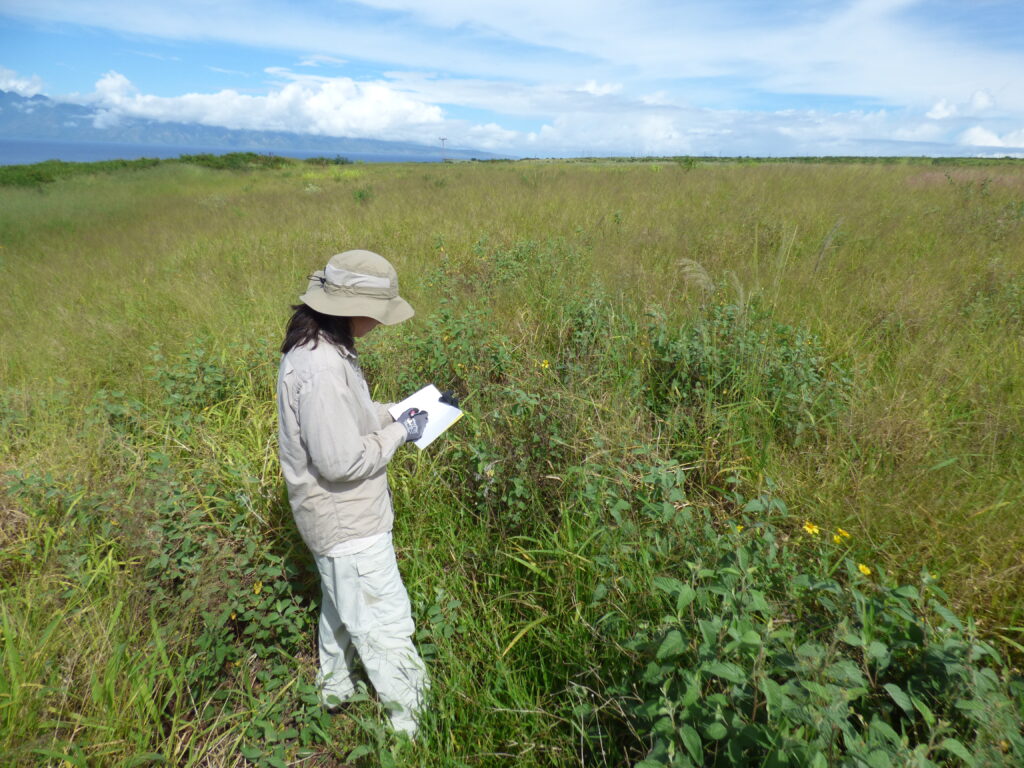By Marc Ramirez – USA TODAY
Excerpt:
Clay Trauernicht, a professor of natural resources and environmental management at the University of Hawaii at Manoa, said it would be misleading to simply blame weather and climate for the blazes.
Instead, Trauernicht, who noted in 2018 that the area burned annually by wildland fire in Hawaii has quadrupled in recent decades, pointed to unmanaged, nonnative grasslands that have flourished in Hawaii after decades of declining agriculture.
“These savannas now cover about a million acres across the main Hawaiian islands, mostly the legacy of land clearing for plantation agriculture and ranching in the late 1800s/early 1900s,” he wrote in a series of posts on the social platform X, formerly Twitter.
Yes many parts of Hawai'i are trending towards dryer conditions, BUT the fire problem is mostly attributable to the vast extents of nonnative grasslands left unmanaged by large landowners as we've entered a 'post-plantation era' starting around the 1990s https://t.co/j4HgpYH4QH
— Clay Trauernicht (@claytrau) August 10, 2023
“Hawaii’s fire problem could be far, far more manageable with adequate support, planning and resources for fuel reduction projects, agricultural land use and restoration and reforestation around communities and the foot of our forests,” he wrote.
…
Hawaii Wildfire Management Organization, a non-profit based in Waimea on Hawaii Island…”Hawaii has a wildfire problem,” the organization states on its website. “Each year, about 0.5% of Hawaii’s total land area burns each year, equal to or greater than the proportion burned of any other US state. Over 98% of wildfires are human-caused. Human ignitions coupled with an increasing amount of nonnative, fire-prone grasses and shrubs and a warming, drying climate have greatly increased the wildfire problem.”
#
Highly informative article on Maui wildfires 🔥 non-native grasses covering the islands, more than 1 Million acres, provide fuel during dry weather conditions.
'It would be misleading to simply blame weather and climate for the blazes.'
Human ignition.https://t.co/m9L7fBO0uC
— Ryan Maue (@RyanMaue) August 10, 2023




